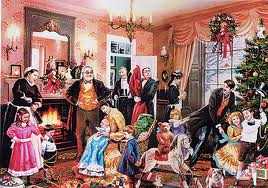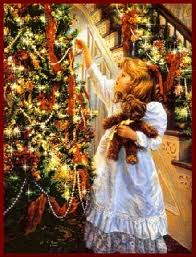Through reading diaries of those who lived in Georgian
England one can glean any number of interesting things, things Georgians easily
understood but which have passed almost into obscurity after two centuries of
disuse.
For example, did you know that black wax was used to seal letters bearing news of one's death? I learned this in a letter in which the writer apologized thusly, "I have sealed my letter with black wax for too good a reason, so don't be alarmed. I have no red."
 |
| Illustration by Debra Wenlock |
There's
another factoid: letters were normally sealed with red wax. (This was verified
by images on the internet.)
In the same
book of letters, an aristocratic child wrote, "My mama writes in the
carriage. She has a little table in it." Of course, I had to steal that to
use in one of my books!
That same
child, in another letter, references the real wood fires they only had at their
country home. That casual comment alerted me to the fact they did not have wood
fires at their town house in London. Of course, they used coal in the city! Had
I erred in an earlier book? I certainly know better now than to have wood fires
in London.
Some of the
more interesting of those little-known occurrences of two centuries ago revolve
around travel. Englishmen traveling in Italy during the summer slept in the
daytime and traveled in their coaches only at night because the heat in the
carriages could be too oppressive.
Perhaps the
most interesting travel tidbit is how the wealthy Englishmen crossed the
mountains. Their entire carriages had to be disassembled and carried over the
passes by crews hired for this purpose. Crews also carried the aristocratic
passengers along these treacherous areas by sedan-type chairs. Once the passes
were cleared, the carriages were reassembled.
I'm
currently reading the Grand Tour journal written by England's once-wealthiest
commoner, William Beckford, and will share its enlightening facts in the next
blog.
Cheryl Bolen is the launch
romance author for Montlake's Amazon serial, Falling for Frederick, which begins Jan. 8.















